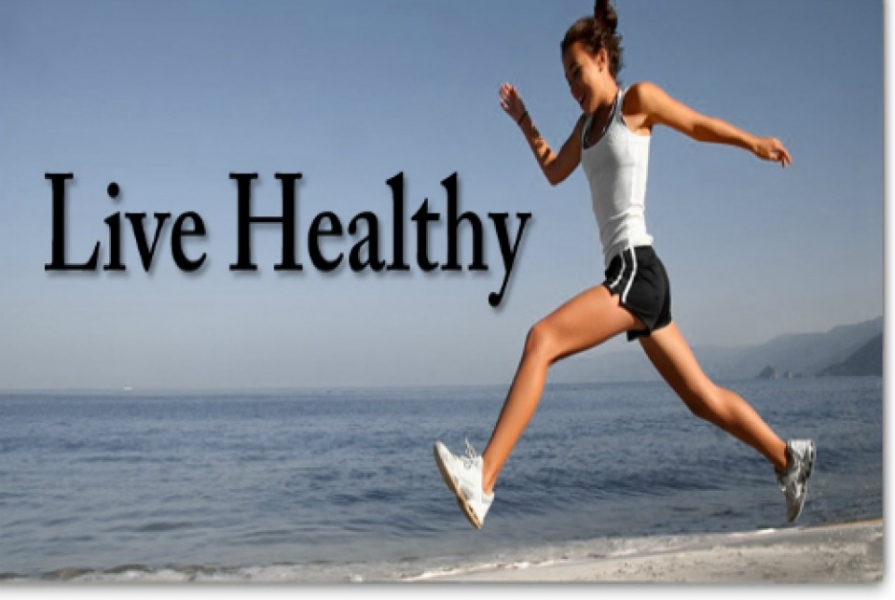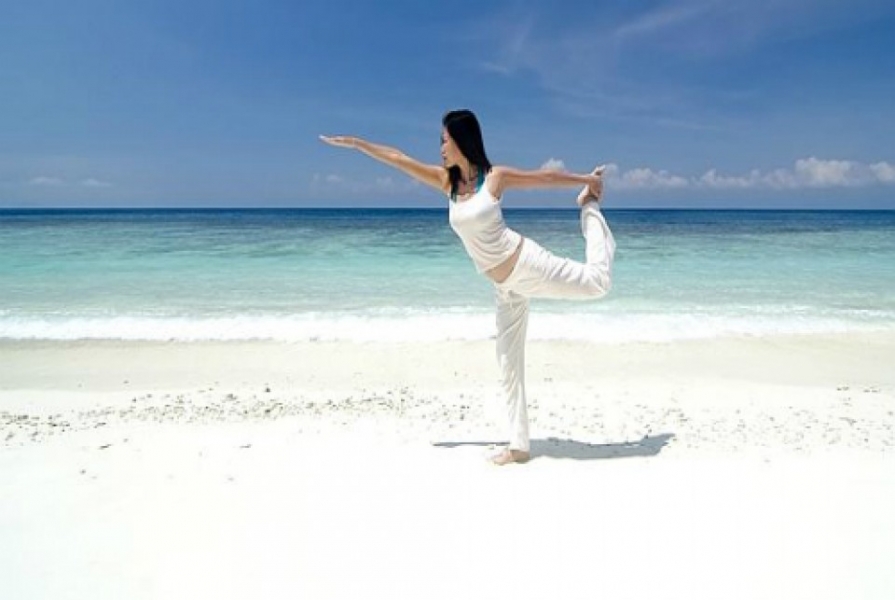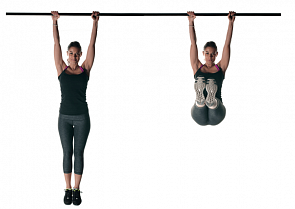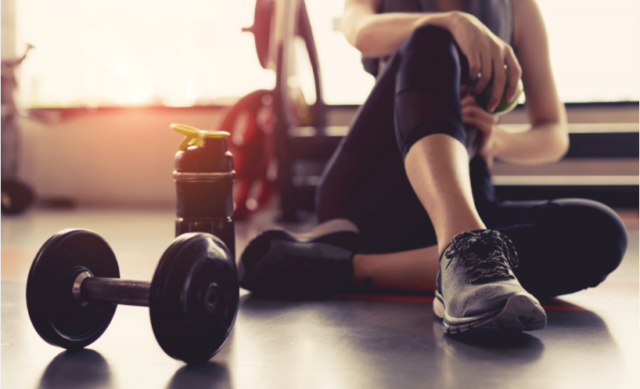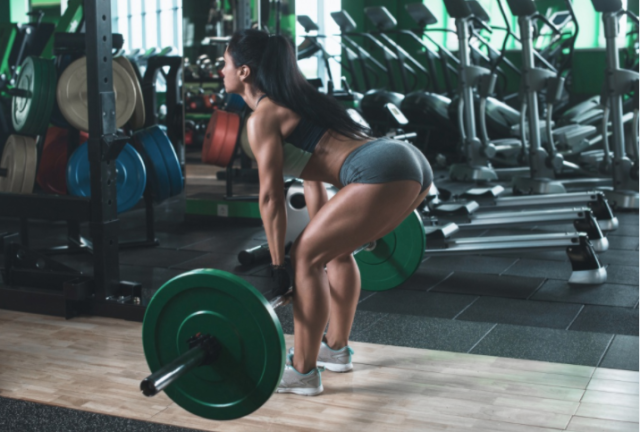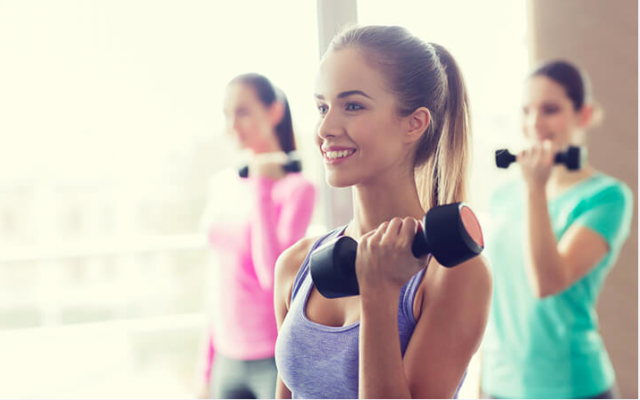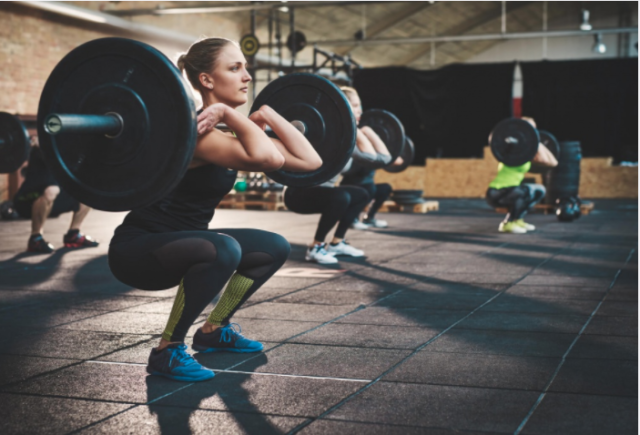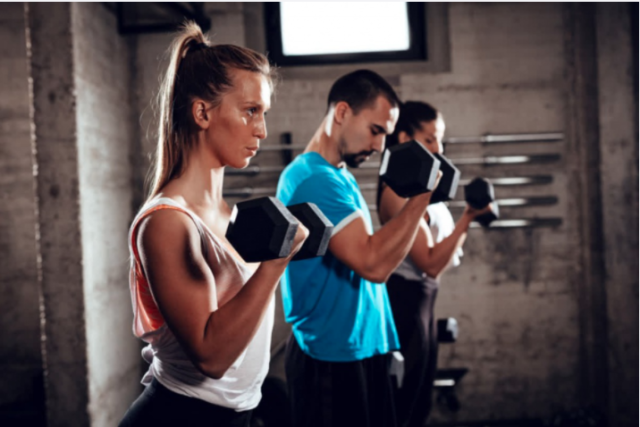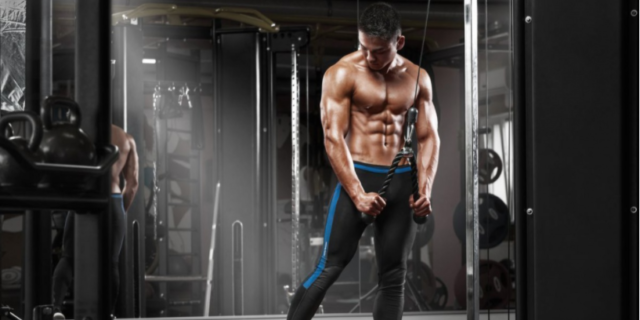What vitamins should adults and children drink in winter for immunity, vitality and just good mood? We ask this question every year when we notice that activity and vigor disappear somewhere. All the time you want to sleep, training is less pleasing, motivation disappears, eyes stop shining, skin and hair dull.
We start to skip classes in the gym, eat junk food and overeat in general, we get sick more often. This happens because already from the end of autumn the body lacks many substances. No matter how varied and right the diet is, it does not compensate for the lack of sun, fresh herbs, seasonal berries and fruits. Therefore, the winter period is the time when you need to take care of your health.
WHAT THE BODY NEEDS IN WINTER
It is important for a person to receive the entire set of nutrients in the required amount every day. If the balance is not observed, then the metabolism slows down, there is not enough energy, the nervous and endocrine systems work with overload, cells are destroyed faster, and new ones are formed slowly. All this leads to a feeling of fatigue, apathy, and frequent colds.
Vitamins are subdivided into water-soluble (groups B, C) and fat-soluble (groups A, D, E, K). The body is able to accumulate fat-soluble compounds in large quantities and consume them gradually, but in excess they are toxic. And water-soluble vitamins are excreted in the urine, so their reserves are relatively small and it is so important to make sure that they are regularly supplied with food.
Numerous studies prove the beneficial effects of vitamins on health. The most commonly mentioned are niacin, folic acid, vitamins B, E and C. With high physical activity, the need for vitamins increases. During the colder months, taking vitamin supplements can help slow down oxidative stress, improve exercise adaptation and support the immune system.
“SUPERFOODS” FOR WINTER
There are a number of products that are saturated with useful substances and are not inferior to pharmacy vitamin complexes. The main thing is to prepare them in advance in order to receive irreplaceable components from a natural source – seasonal berries, vegetables and fruits.
- Sauerkraut, frozen black currants and cranberries are foods with a large amount of ascorbic acid, the need for which increases dramatically in winter, especially with high physical exertion.
- Frozen and properly canned seasonal foods: cubes of vegetables, fruits, herbs, apple and sea buckthorn juices.
- Cod liver is a valuable source of vitamin D, which is essential for immunity, muscle and bone tissue, vitamin A – a powerful antioxidant, and B12 – a vitamin for the normal functioning of the heart and the hematopoietic system.
- Pine nuts contain vitamins A, B1, B2, B3 (PP), B4, C, E.
- Pumpkin seed oil is a valuable source of fat-soluble (A, E and K) and water-soluble vitamins (C, P, PP, B vitamins).
Where else are the important vitamins we need in winter?
- A – liver, wild garlic, viburnum, garlic, butter, tomatoes, eggs, dairy products.
- C – rose hips, bell peppers, black currants, sea buckthorn, kiwi, wild garlic, broccoli, viburnum, strawberries, citrus fruits.
- D – sea bass, chicken egg, liver, butter, sour cream, cream, fermented milk products.
- E – almonds, hazelnuts, pistachios, dried apricots, walnuts, oatmeal.
- В1 – pine nuts, pistachios, pork, lentils, oatmeal.
- B2 – pine nuts, liver, almonds, champignons, chicken eggs, forest mushrooms.
- B6 – beans, pine and walnuts, sea buckthorn, mackerel.
- B12 – liver, mackerel, sardine, rabbit, beef.
- B15 – liver, pumpkin seeds, almonds, buckwheat, beans.
- K – spinach, lettuce, onions, broccoli, white cabbage.
- PP – peanuts, pine nuts, turkey meat, cashews, pistachios, squid meat, beef, chicken, rabbit.
What happens if your diet lacks vitamins
- A – the condition of the skin, vision worsens, the general tone of the body, immunity and resistance to viruses and bacteria decrease. Difficulty falling asleep, sleep becomes superficial.
- C – drowsiness appears, bleeding gums, there is a sharp decrease in defenses, lethargy, bad mood, apathy. Joint pains also indicate a lack of ascorbic acid.
- D – impaired immunity, absorption of calcium and phosphorus in the intestine. Bones and teeth lose strength, frequent colds disturb. Children especially need this vitamin.
- E – the condition of the skin and hair worsens, the body’s resistance to stress decreases, memory and brain performance are impaired.
- B1 and B6 – there are disturbances in the functioning of the nervous system and carbohydrate metabolism, prolonged depression is possible.
- B12 – oxidative processes intensify, disturbances in the functioning of the nervous system occur, and aging processes accelerate. The characteristic signs of vitamin deficiency are lethargy, drowsiness, irritability.
MULTICOMPLEXES OR MONOPREPARATIONS
To eliminate the deficiency, sports nutritionists recommend taking daily multi-complexes that contain vitamins E, D, C.
There are two strategies for replenishing nutrient deficiencies. The first is the sequential intake of various components in short courses of 10-14 days. For example, “Aevit” – Ascorbic acid – “Milgamma” or “Kombiliplen” (group B), vitamin D, and so on during the autumn-winter and spring periods.
Not everyone is happy with this approach. Someone does not have enough time, they want an instant surge of vivacity and energy. Someone, exercising, adheres to a strict diet and loses weight or eats monotonously, because they give a lot of energy to work.
In such cases, it is better to choose complexes that contain the main elements in a balanced proportion. There are fortified formulas with ginseng to tone up, with probiotics to strengthen and restore intestinal microflora, as well as formulas with a high content of vitamins A, E or B.
Next, let’s talk about the best vitamin complexes, their effect on metabolism, tone and well-being.
THE BEST “WINTER” FORMULAS
Attention! When choosing vitamin complexes and before undergoing preventive courses, you should consult your doctor.
- “Gerimaks” is a vitamin and mineral complex with ginseng. Gives a feeling of burst of energy, improves mood and performance. Helps to adapt to stress and stress. For many, it has become a favorite drug for the winter and spring, when fatigue and apathy overtake.
- “Multi-Tabs Immuno Plus” is a combined preparation that additionally contains probiotic bacteria. Forms a powerful defense against ARVI, normalizes the intestinal microflora, helps to adapt to stress and emotional stress.
- “Aevit” is a two-component formula with vitamins A and E. Increases resistance to infections, restores the nervous system. This drug is often prescribed for women, it helps to normalize hormones, fights dry skin and hair loss.
- “Alphabet” is a unique Russian development, the necessary components are divided into three portions for better assimilation. Helps to cope with overload, normalizes the state of the immune system.
- “Complivit” – universal, balanced, affordable vitamins.
- “Vitrum” (USA) is a proven remedy against beriberi, suitable for strengthening the immune system after prolonged illness.
- Natrol Iron Free Multivitamin – Formulated with 22 Essential Elements.
- NutriBiotic Hypoallergenic – Athletes use this complex to help speed recovery. Contains 17 pure vitamins, 9 minerals, 72 trace elements, 24 amino acids.
Vitamins for children
- Chewy Yummi Bears with natural ingredients that help to develop and grow harmoniously.
- Children’s complex from SmartyPants with Omega 3, D, A, C, E, B and folic acid.
What vitamins you need to drink after antibiotics
If you have taken antibiotics, then after treatment you need to restore the immune system and intestinal microflora. Doctors recommend multi-vitamin complexes that contain vitamin K and biotin – the bacteria of the gastrointestinal tract are responsible for their production.
The effectiveness of increasing the dosage of ascorbic acid in acute inflammatory and respiratory diseases and a decrease in immunity has been scientifically proven. Within 1-2 weeks (no longer), ultra-high doses of ascorbic acid (up to 10-15 g / day) are consumed.
WHY VITAMINS IN WINTER NEED TO BE TAKEN IN COURSES
When taking any medications, the main thing is the interval intake. The time for taking each individual substance or multicomplex should not exceed one month. Further, the effect decreases, and the substance brings much less benefit. After 2-3 months, the course may be repeated.
Preparations that are ideal can be drunk 2-3 times a year in courses or alternate between different formulas to eliminate addiction.
In order to stay in shape all year round and achieve serious goals in sports, nutritionists recommend taking increased doses of vitamins E, C, B15 and B5 – for intensive muscle support. The following scheme is proposed:
- 1 month – C in high doses.
- 2 months – E.
- 3 months – B5 or B15.
Be careful, not all vitamins can be taken in high dosages, even in short courses. You can not create excess reserves of fat-soluble compounds and vitamin B6 – in case of severe overdose, it damages the peripheral nerves.
Nowadays many nutritionists are choosing a point, very careful correction of the vitamin content in the diet. Additives are selected according to the results of analyzes, based on the real picture, which reflects the deficiency or excess of the element in a particular period.
But generally speaking, almost every resident of Russia has a deficiency of important water-soluble components and vitamin D. Therefore, proper nutrition is so important, which is saturated with natural products, frozen seasonal vegetables and fruits, and herbs. But even the highest quality food should be periodically supplemented with courses of vitamin supplements – they will help to increase efficiency, maintain cheerfulness, activity and optimism.
PROFESSIONAL SUPPORT
Movement gives pleasure and joy only when the body is healthy and receives everything it needs for cell renewal. Vitamin correction of nutrition is a subtle area, here both theoretical foundations and a good knowledge of the characteristics of the human body are important.


